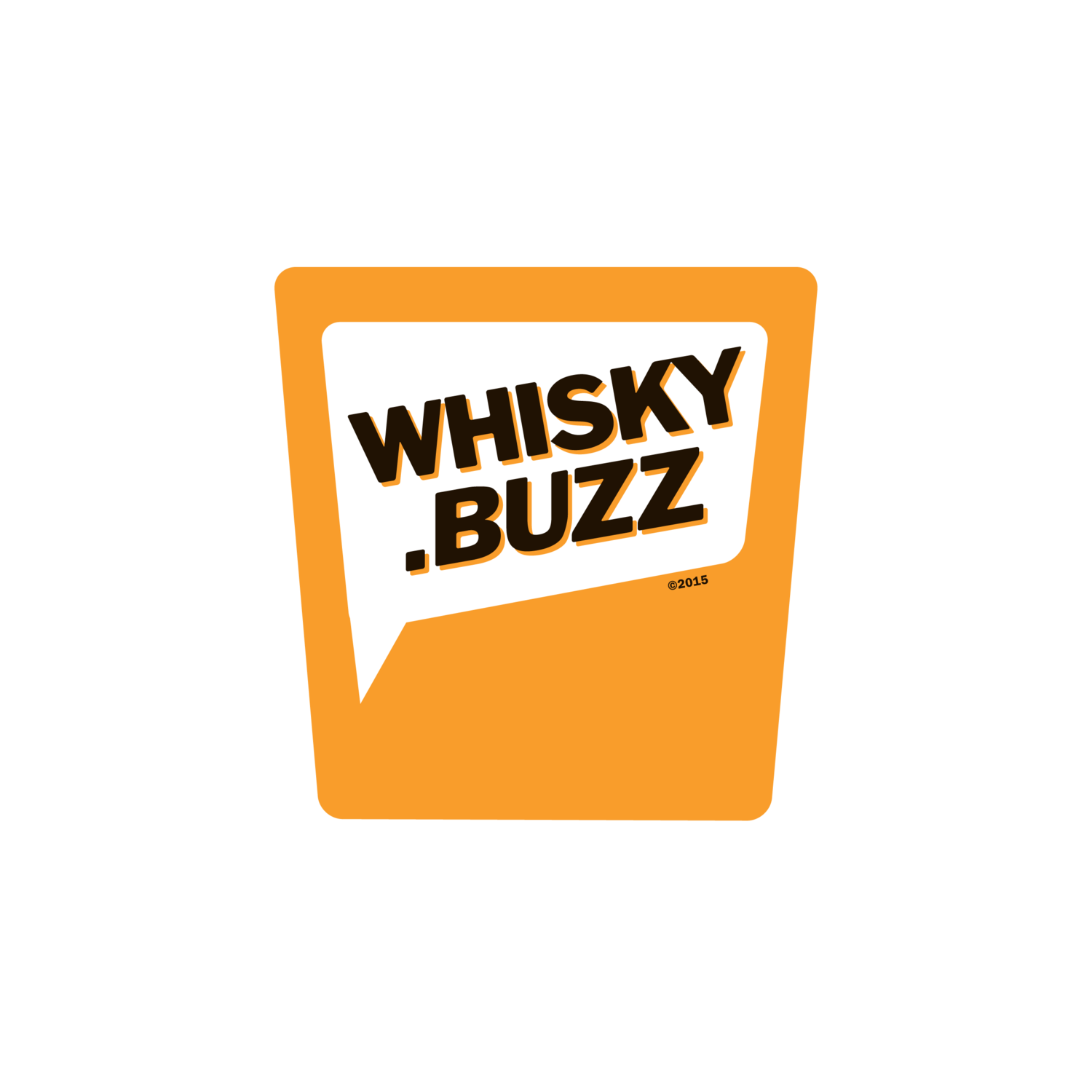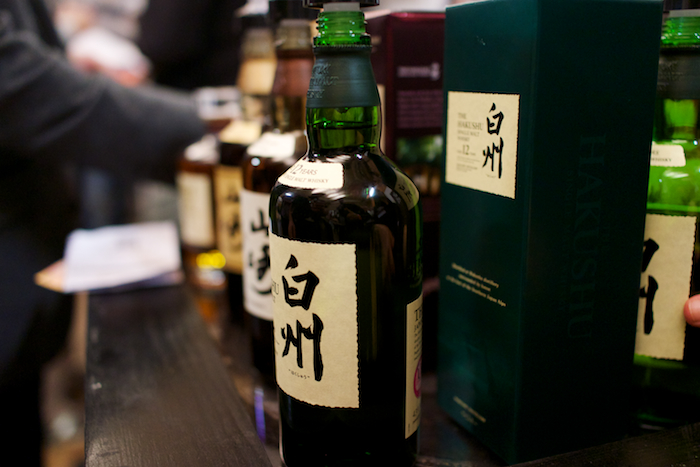In Ontario, the government sells event tickets for the chance to purchase Pappy Van Winkle. This might seem like a ridiculous concept in a free market society, but since 1916, Ontario has been under prohibition. The only way to buy spirits is through the government owned LCBO.
In the case of Pappy, the LCBO sold $125 tickets to a four course dinner that included whisky pairings. The star of the dinner was the order form that allowed event attendees to place an order for Pappy. The hundred or so tickets sold out online within 5 minutes, and there were reports of system issues.
The LCBO is one of the largest purchasers of alcohol in the world, and it’s the only way to legally purchase spirits in Ontario (with the exception of buying spirits at a distillery, but even those need to go through the LCBO for approval). With a population of over 13 million people, they sell a lot of liquor. Being government owned, though, means finding fairer ways to sell rare releases that are in high demand.
About 240 whiskies were available for purchase at the event. Of those, 100 bottles of Van Winkle 12 Year Old Lot B and the Old Rip Van Winkle 10 Year Old were available. Only 20 bottles of the 15 Year Old Pappy and the Family Special Reserve were available. Chances are, you were going to walk away with one bottle of Van Winkle, but it was less likely you’d get Pappy.
We all submitted our forms by the end of the event. Four days later, we learned of the results. No back-alleyway meetings. No grey market. No courting liquor store managers. The prices were at a reasonable range from $85 to $190 a bottle.
Events are not the norm, however. When Buffalo Trace Antique Collection became available in Ontario, orders were taken online. A lottery system was used assign available bottles. People attempted to game the system by asking family members to create accounts and place orders. Some created as many as 20 or 30 accounts. By a limited sample size, I would guess the odds of getting BTAC was one in 30. I wasn’t lucky enough to get any with my one account.
This lottery system is met with mixed reception. True whisky connoisseurs and restauranteurs had better luck obtaining those whiskies by lining up outside of flagship stores the day the bottles went on shelves. Ontario is an oddly populated province, however. Almost 40% of Canadians live in Ontario, and many of those live in Toronto and (to a much lesser degree) Ottawa. The rest of the population is spread across a province that’s eight times the size of England. The LCBO serves the entire province. The lottery system, especially when done through online orders, is seen as a fairer way to serve all of Ontario.
No system is going to please everyone. Collectors will proudly and happily hunt down BTAC and Pappy in the US, and they’ll have an excellent story to share. In Ontario, things are perhaps almost too fair. Regardless, there’s already a lot of tension at the very existence of the LCBO. The pressure to privatize continues. I do wonder, though, if we in Ontario would even get Pappy and BTAC if our purchasers were split between several liquor distributors instead of one big LCBO.
As for my luck, I scored a bottle of the Lot B and the 10 Year Old. Not the ones I wanted, but for $190 (not including the dinner ticket), they’ll make excellent (though perhaps overrated) additions to my whisky cabinet.







